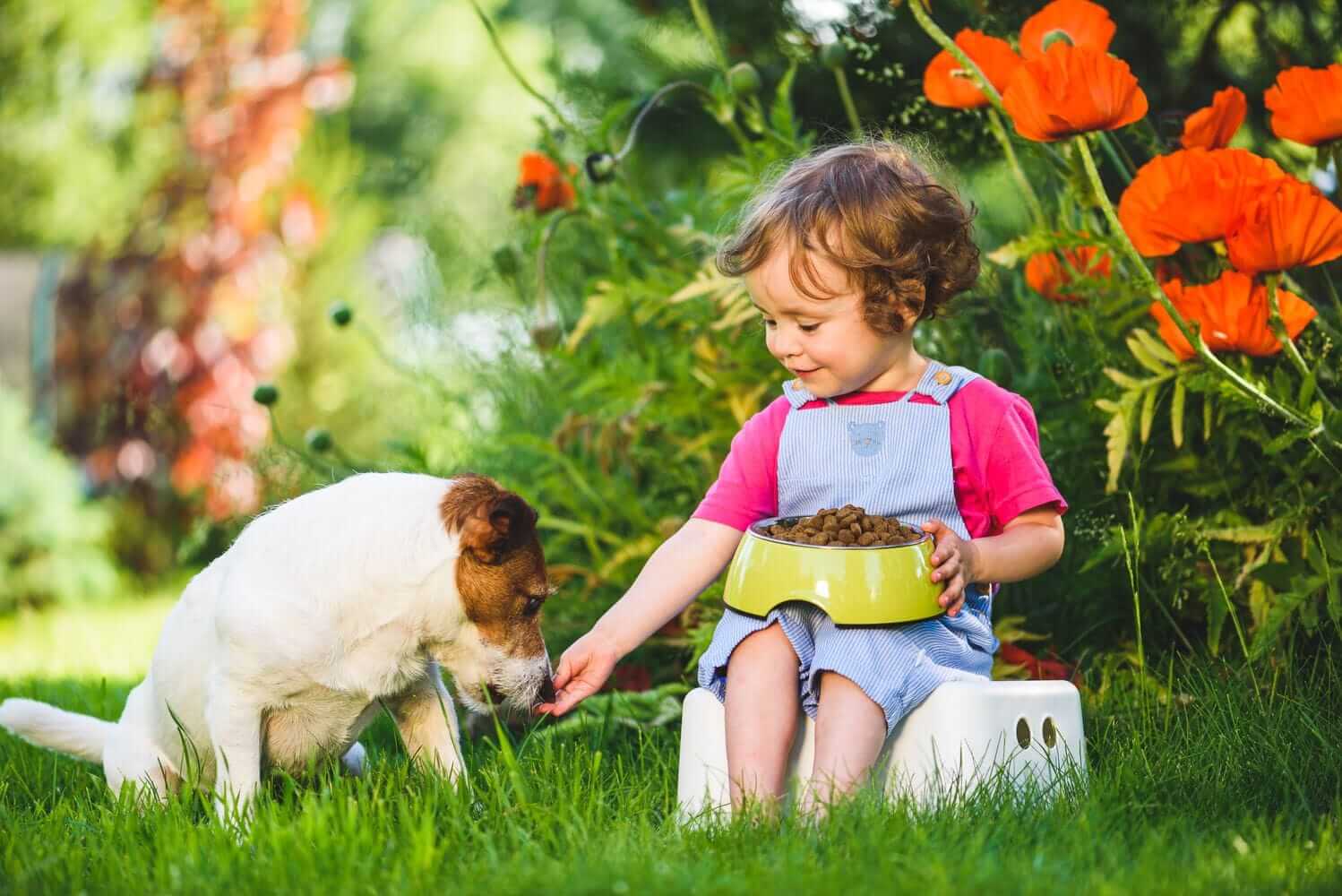Furry Friends: Learning to Interact with Animals
For some little ones, patting a neighbour’s dog that crosses their path can be the excitement of the day, but for others – a much more frightening experience.
If you have no pets at home, it makes sense that your toddler would be a little wary of animals - which sometimes makes the animal even more interested in them! On the other hand, it’s easy for your little one to become too familiar with other animals if they have their own loyal pets at home. Either way, learning to interact safely with animals is important.
Whether you are looking to welcome a new furry addition to the family, or want to teach your little one to interact appropriately with other animals – try these pet-safety tips:
- Supervise interactions: Toddlers are inquisitive, and it’s easy for the rules to go out the window when they become more familiar with the pet. Make sure you supervise them throughout the journey and praise them for their good interaction.
- Friendly introductions: Just like meeting a new friend at day-care, teach your little one the importance of introductions when meeting new pets. Always ask permission from the owner first. Any first interactions with an animal should be in a supervised situation with the owner right there next to the pet to control the situation. Make sure your little one knows to approach the animal from the side rather than surprising them from behind. Explain to your toddler that scent is how animals greet and get to know each other. Lead by example and show your toddler how to get the pet to sniff the back of your hand before patting it gently. Get your toddler to follow your example after seeing the successful interaction you made with the pet.
- Appropriate interactions: Animals are sensitive to movement and noise so teach your toddler to use their ‘inside voice’ when around pets. Likewise, while some family pets are ok with a bit of rough and tumble, it’s safest to approach animals calmly and gently.
- Showing affection: Animals enjoy personal space, particularly around their head so lots of hugs and kisses or big pats might not go down so well. For the pet, even small hands can seem threatening when looming overhead. Instead, show your toddler how to gently stroke the dog or cat along its back or side, using soft long strokes.
- Pick your moments: Registering the body language of animals is crucial, but can be a little confusing for your toddler. For example, a cat’s tail flicking compared with a dogs tail wagging can mean very different things. When you see the signs that the animal is ready for some alone time, explain to your toddler what you see. Such as, “can you see how kitty’s ears are down” or “the doggie is trying to move away now, let’s let him go and play”.
- Give pets space: There are times where it is best to leave pets alone, such as when they are sleeping, eating, going to the toilet or gnawing on a bone. If you approach them during this time, it’s easy for the pet to become threatened or protective. This is especially important if a pet has just had young ones herself. Although the tiny offspring can be cute and adorable, a mother can be very protective of her young. Make sure there is close supervision in this case.
- Avoid the chasing game: Toddlers love to chase, and be chased! However when it comes to cats and dogs, it’s best to avoid this. Cats will hide when they want to be left alone, and as much as your toddler wants to play with that fluff ball, explain that it’s best not to corner them. For dogs, it’s easy for even the most placid pooch to become overexcited, which may lead to a bit more rough and tumble than expected. Rather than chasing, show your toddler how to toss a ball for a dog instead.




